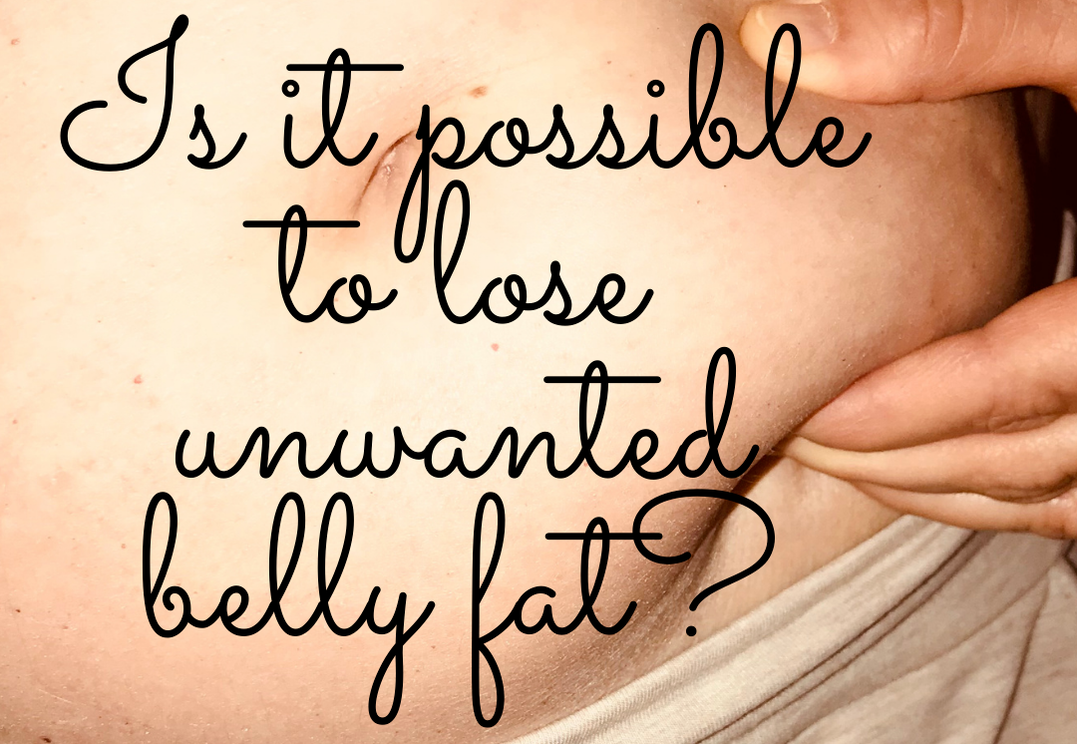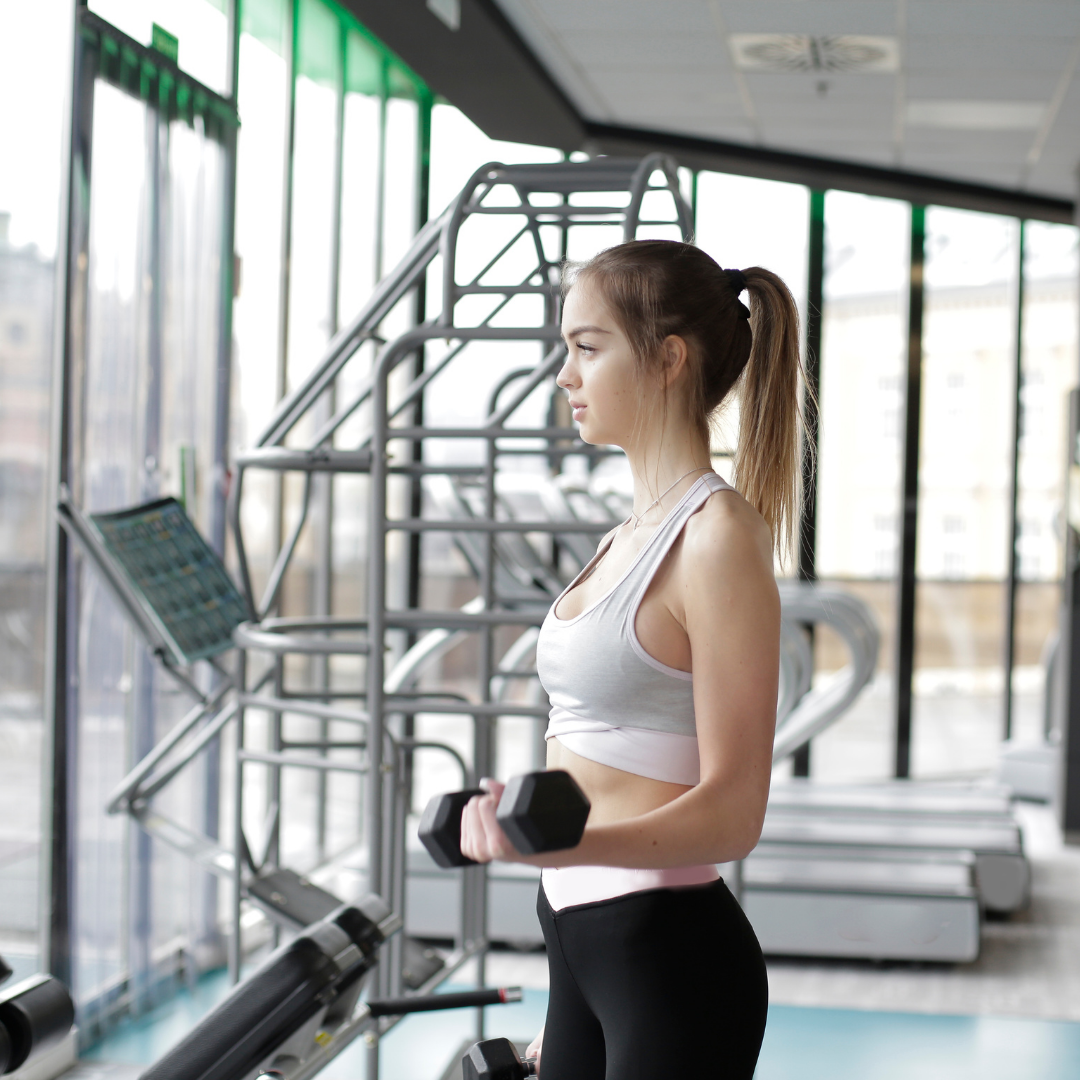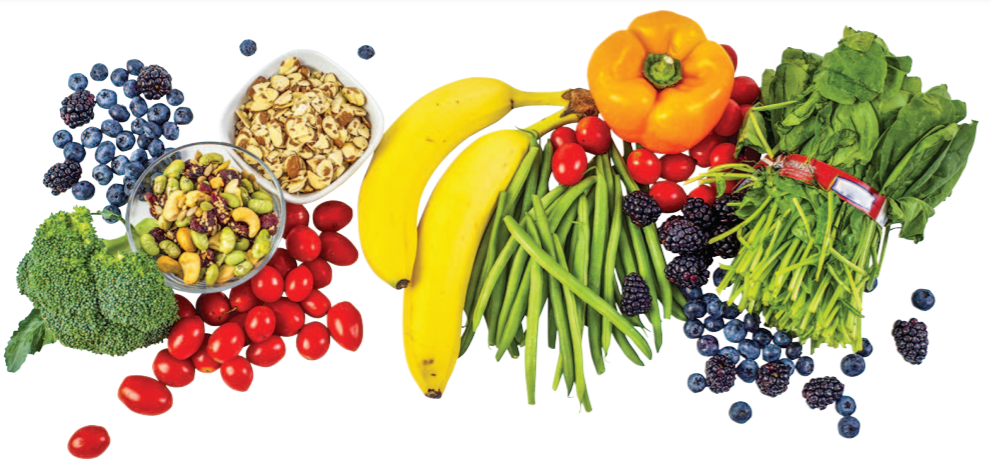|
As warm weather approaches so does the desire to get ‘summer ready.’ Covid has played a number on us physically and emotionally. I don’t know about you but I’m ready to kick it to the curb. I want to drop the weight, drop the fear, and drop the mic as I move in the direction with the 'feel good' vibes. What's the most troublesome? The belly fat. It affects the way you look and feel about yourself. I’d like to wear bright, breezy, colorful clothing and not look like a summertime tablescape. Not to mention, fitting into a bathing suit without utter humiliation. It’s not just the vanity, it’s the sluggishness that goes along with the excess belly fat. To combat the lack of energy, you exercise. And this becomes tricky when the additional abdominal fat pushes against your expanding lungs as you increase the intensity of your cardio. The workout becomes too challenging. A couple of years ago, I set out to make a change and I did. I lost 20 pounds and kept it off. Then, I started working at a job that required more sitting than standing. I began watching the grandchildren play and stopped the extra workouts. Plus, Covid hit. All of this translated into less than optimal eating habits, a more sedentary lifestyle, and stress. Is it possible to lose belly fat? Yes and you should. Abdominal fat or visceral fat located around the waist is linked to an increased risk of heart disease, diabetes, and other inflammatory illnesses. The good news is with lifestyle changes that include eating healthy, exercise, and stress reduction, you can start seeing measurable changes in the way you feel, look, and handle life’s changes. What is eating healthy? You’ve got to have a plan. Not a plan that’s so rigid even the most structured individuals couldn’t follow. The plan includes variety. Eat the colors of the rainbow; green, leafy lettuce, oranges, tomatoes, squash, eggplant, watermelon...the array of colors that God sends after a nice rain. What are the CDC guidelines for healthy eating? The Dietary Guidelines for Americans gives us an easy food routine to follow:
Eat the colors of the rainbow How many calories do I need a day?
Women should consume 1,600 calories to 2,400 calories per day. Men should consume 2,000 to 3,000 calories per day. Now, caloric intake depends on size, height, lifestyle, overall health, and activity level. Of course, the intake depends if you want to maintain weight or lose weight. Healthline.com has a calorie calculator that was created based on scientific evidence. For a woman, over 50 years of age (which includes me), a moderate to an active lifestyle is recommended. For this age group, fewer calories are required. Based on the calorie calculator, I could maintain my weight by eating 1,800 calories a day or lose a pound a week by consuming 1,300 calories per day. This is the basic plan that I followed several years ago that was very effective. To be more precise with my intake and outtake (exercise) of calories, I downloaded a free app on my phone. The one I used was MyPlate at Livestrong.com. It was perfect and I’ll be using it for this round of weight loss. For men age 46-65. consuming 2,400 calories a day is recommended. Once again, use the calculator from Healthline.com to determine your needs. What are calories? Calories are a measure of energy. If you eat more calories than you use, you gain weight. Losing weight requires eating the right foods along with burning calories through exercise. As we age, we lose muscle mass. Muscle mass is needed to help burn calories. In turn, this speeds up the metabolism which means less work burning calories. Having a good combination of cardio and weight lifting in an exercise plan will do the trick. Cardio is swimming, running, biking, walking; all help us achieve well-being. Weight lifting can be as simple as adding free weights to your routine. Remember to reduce carbohydrates, sugar, salt, trans fats, and foods containing cholesterol. Check the labels on packaged foods or, do yourself a favor, stay away from packaged foods. You can prepare a meal from whole foods just as quickly as opening up a frozen pizza, canned spaghetti, or any convenience food item. Eat soluble fibers that absorb water and form a gel that helps slow down food as it passes through your digestive system. Studies have shown that soluble fibers help to promote weight loss by helping you stay full. It may also decrease the number of calories your body absorbs from food. Try eating avocados, flax seeds, beans, and blackberries. When exercising you want to burn calories. The intensity level should be moderate to high. It’s more about frequency and duration than high intensity. For me, it’s adding more exercise into my day; exercise that promotes muscle building and the use of different muscles. Biking is great. It’s easy on the joints, you use a variety of muscles, and it makes you feel like a kid again. Also, up the cardio. As opposed to a weekly routine of exercising 150 minutes, it’s time to step it up to 300 minutes a week, doubling the activity level. Being a carbohydrate watcher is important. According to the Framingham Heart Study, people with the highest consumption of whole grains were 17% less likely to have excess abdominal fat. Side note: The FHS study was designed to identify common factors or characteristics of cardiovascular disease. For three generations, 14,000 people were followed and it was discovered that high blood pressure and high cholesterol were major risk factors for heart disease. Does stress contribute to belly fat? Yes. There’s a clear connection between cortisol levels and abdominal fat. Stress-induced abdominal fat secretes large amounts of inflammatory molecules that contribute to diabetes, insulin resistance, and heart attacks. Sharrie Thompson, RN said, “To be successful in a healthy weight program, you must deal with the body’s response to stressors. Your body is genius in preparing you to respond to stress. Cortisol and adrenaline hormones release from the nervous system to prepare you to respond quickly, have increased physical strength, run...survive. The digestive system responds to these hormones by slowing digestion. The result: weight gain around the belly. Your body needs a method to deal with these excessive hormones." Sharrie suggests breathing exercises, twenty minutes of physical activity, or drumming. To find out more about drumming, go to her Facebook page at: It’s Only Natural Paducah. Bottom line, get yourself a plan together and don’t ‘waist’ another minute. The temperature outside is conducive to a great start at a new way of living. I want to be around a long time to watch my grandchildren grow into adults, enjoy retirement, and feel the way I see myself...inside my own head. I want to be ‘young at heart’ physically and mentally. Let’s do this together!
0 Comments
Leave a Reply. |
Written by
Archives
December 2021
Categories
All
|



 RSS Feed
RSS Feed